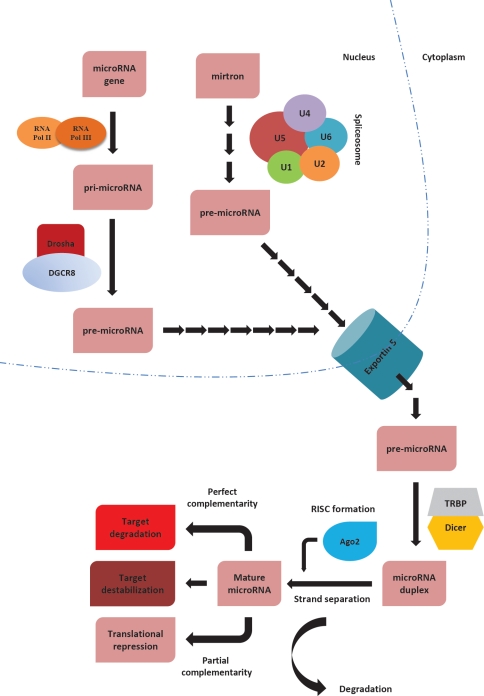Figure 1. Simplified representative scheme of miRNA biogenesis.
miRNA biogenesis starts in nucleus, where miRNA genes are transcribed by either RNA polymerase II or III, producing “pri-microRNAs”. Pri-microRNAs are then cleaved by the action of a microprocessor complex, consisting of Drosha-DGCR8, and giving rise to pre-microRNAs. When the length and secondary structure of an intron (mirtron) resembles that of a microRNA, cellular splicing machinery can single-handedly take the place of Drosha processing to produce a pre-microRNA. Exportin-5 mediates the transport of these pre-microRNA molecules into the cytoplasm, where they interact with a number of different proteins to form RNA-induced silencing complex (RISC). Dicer cleaves pre-microRNAs into duplex miRNAs, whereas Argonoute proteins mediate strand selection to produce mature miRNA molecules. The nature of the complementarity between the miRNA and its target determine the ultimate fate of the transcript. If the complementarity is perfect, the target will be cleaved. On the other hand, in case of imperfect complementarity, the result will be repression of translation. Alternatively, miRNAs can also destabilize target RNAs through deadenylation

